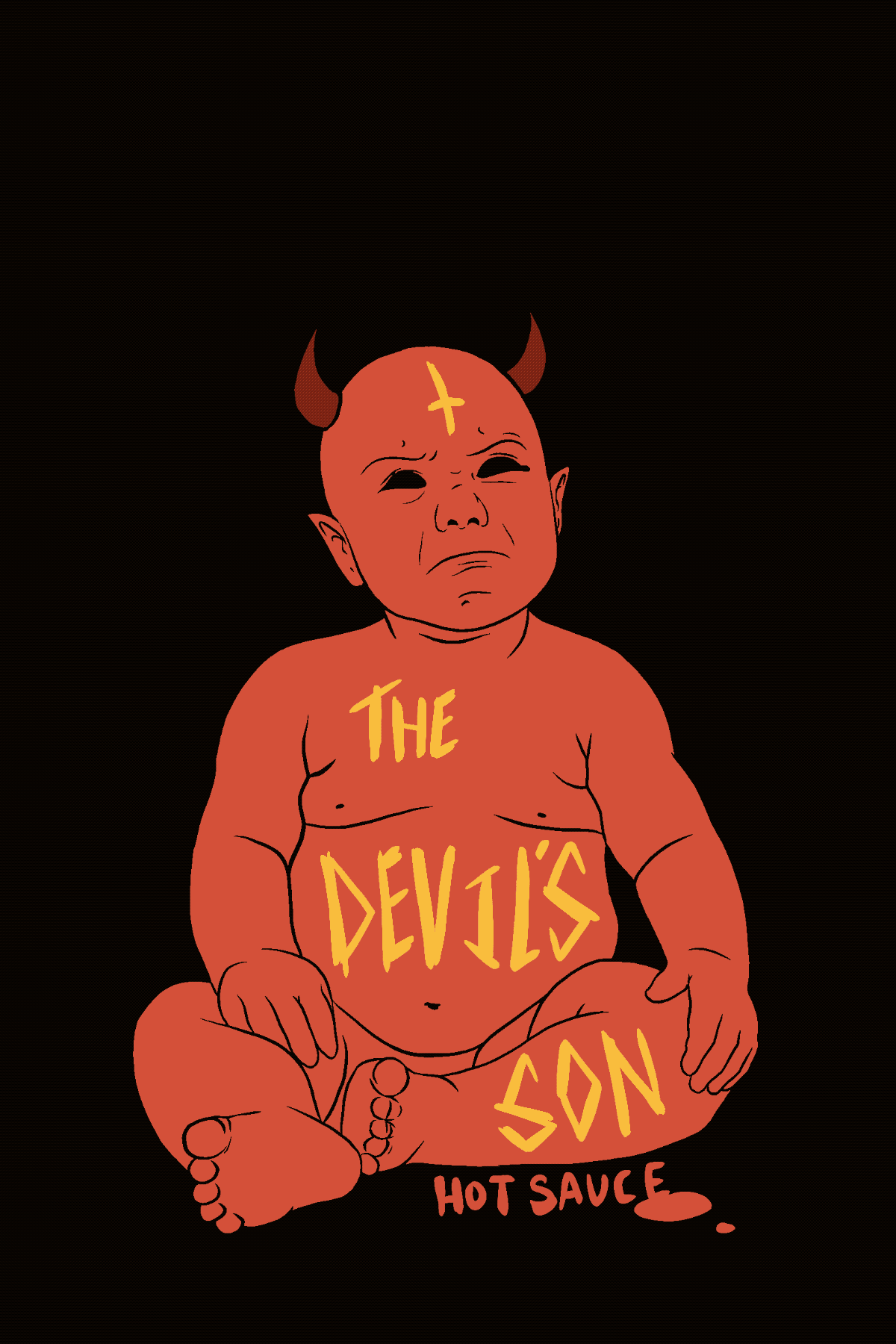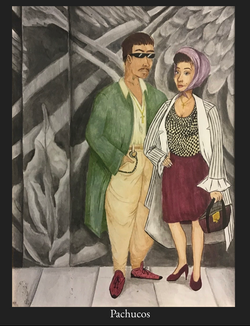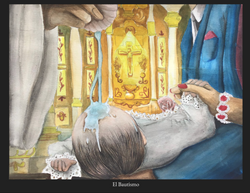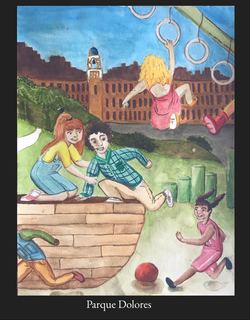

***PORTFOLIO***
 |  |  |
|---|---|---|
 |  |



***THESIS***
Statement:
Reminiscing the Mission:
There is a chill that goes down my spine when I say to people, “I was born and raised in San Francisco.” I capture an absent feeling, as my thoughts begin to wrap around how much the meaning of home has changed for me. Even though I am familiar with every avenue, hill, and alleyway, the streets feel foreign to me. Urban culture in the Mission over the years has transformed the most for me, and my family. Perhaps the chill I am feeling is a cry from my ancestors who once inhabited The Mission lands.
In the 18th Century, the Oholone people roamed the lands of San Francisco, living a lifestyle of pride and harmony. They shared their culture through spiritual dances and music rituals; ceremonies that would connect them to their ancestors. While doing this, they would also perform singing circles for the Gods that blessed them with water and sun for their crops. Together, they lived in a very close and engaging community that was beneficial for all their people. When the Spanish came and colonized the Tribes of the Ohlone people, the land changed, new roads, and missions were built, but most importantly the culture changed. Any expression of their own culture became regulated, and resulted in severe consequences. Catholicism was introduced as a new way of life, and many Missions were built all over California. Mission Dolores Church in San Francisco is known to be the oldest church on the peninsula, and it is the church where I was baptized. Although the Oholone tribes were eventually exiled from their homeland, their spirit and culture continues to live on.
Before the 1920s, Immigrants from Latin America, Asia, and Europe, began to arrive in search of a better life. Latinos, Chinese, Italians and Irish began to fill the neighborhoods of San Francisco for the first time. The different cultures interacted with each other in a united community. As generations passed, people found different ways to be heard. The first Latino-Americans were infamous for their expression of style, and they are now referred to as ‘Zoot Suiters’ or “Pachucos.'' They were a generation that was not afraid to express who they were through their appearance. In the 1940s, Zoot Suit riots took place, mostly in Los Angeles, but some minor riots were also reported in San Francisco. These riots happened because of the discrimination they had to face from racist police officers. They would often assume that the Pachucos were involved in illegal activities, when in reality they were expressing their culture. Discrimination against Latin Americans caused the community to live in a united, and protective lifestyle.
During the 1980s the Latino-American community continued this tradition. Their hairstyles, shoes, cars, and music all began to have a voice that was prideful and artistic. Since the zoot suit movement, people from all cultures began to express themselves just like their ancestors before them. There were no limits to their cultural expression.
In the 1990s, before I was born, my family was exposed to the Latino Mission culture, connecting with local businesses, participating in community events and supporting each other. The Mission in those years had the most loud, and rambunctious people, but the Latino community was very cooperative with each other and supported one another in their daily lives. My mother and her family moved to the United States from Colombia, and my father came from Honduras. My mother’s side of the family lived in an apartment on 22nd and Dolores. My uncle graduated from John O'Connell High School when the school had vocational programs such as mechanics and woodworking. He had a huge interest in building low riders and other cars; he would often fix his friends’ cars and hang out with them at Dolores Park. My auntie and her husband became very involved with Muni, working for them for many years. She recently retired. During this time my grandmother opened a restaurant on 19th and Guerrero called ‘Delicias Colombianas’ where she would make authentic Colombian food for the whole neighborhood, with my mother and her siblings by her side helping. A few years after my family arrived in the Mission my parents met at a bar; their relationship began because my father was in need of becoming a citizen. My mother helped him with writing and translating paperwork from The Immigration Dept. and from lawyers. Earning a green card on his own was a very difficult and long process, even with the help of my mother. However, they realized that getting married helped my father’s situation. This was a commitment they were both ready for, and surprisingly their feelings for each other emerged just before the marriage. A year later I was born. My parents decided to raise me in the city. We would go to the mission neighborhood for most daily errands. When I was a child, I would go to the Dolores playground often and play in the sand. One thing I remember distinctly from those days, was being able to play and engage with other kids and their toys; this really gave me a good sense of how comfortable people were with each other. The most common game within the children at the playground was the game of “Tag”. It was a thing to look forward to because all the kids were allowed to join in on it.
I believe that my generation in the mission is probably the last to experience that kind of culture and sense of togetherness. Today the mission has changed drastically and expressions of culture seems to happen only during annual festivities such as “Carnival,” and “Day of the Dead.” As technology has become a bigger part of our lives, tradition, rituals, and ancient culture has become less important. We have become so involved with looking at our devices rather than engaging with our surroundings, our people. The spirit of culture begins to fade away, becoming a part of history that we may only find in books, videos, online, or on our phones. I reminisce, and visualize the souls that used to live here, and hope to reconnect with my past, and cherish all the ways the San Francisco natives would express their culture.
 |  |  |
|---|---|---|
 |  |  |
 |  |  |


